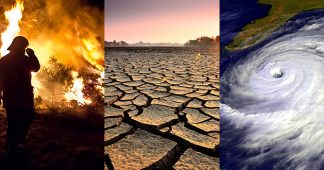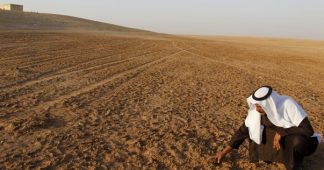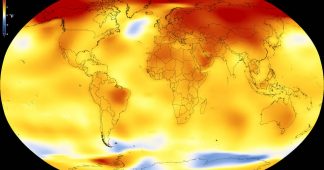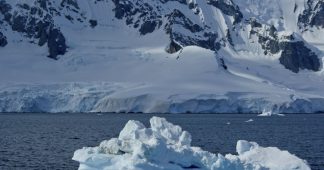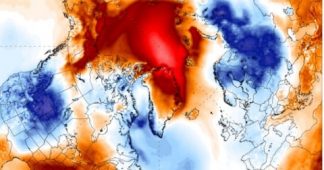Harsh winters and dry summers are threatening the livelihoods of Mongolia’s nomadic herders. Some are banding together to safeguard their herds – and communities – from the extreme conditions.
By Jacopo Pasotti
24/7/2017
For centuries, nomadic families have driven their livestock across Mongolia’s steppe, preserving a way of life that goes back generations. But changes in this vast, desolate landscape have forced them to adapt. Winters have become harsher, and extreme weather events more frequent.
Global warming is affecting Mongolia faster than other parts of the world. “Over the last 70 years, the average air temperature has risen by 2.1 degrees Celsius [3.8 degrees Fahrenheit] – one of the highest increases recorded on Earth,” said Tunga Ulambayar, director of Saruul Khuduu Environmental Research, Training and Consulting.
“By the end of the century, temperatures could rise 5 degrees Celsius,” she said. “Extreme events are growing in some areas. Cases of ‘dzud,’ or extremely severe winters in the Mongolian language, are increasing. Some regions experience heavy summer rain, others go through increasingly intense winter storms.”
Mongolia is one of the last pastoral countries left on Earth. Its economy is dependent on the production of livestock, and around 80 percent of its territory is covered in grasslands. Living at the edge of the habitable world, pastoral nomadic people are highly vulnerable to changes.
In response, some herders are forming communities and pooling their resources, in hopes that this will allow their traditional nomadic lifestyles to survive.
Read more at http://www.dw.com/en/how-mongolias-nomads-are-adapting-to-climate-change/a-39310932
